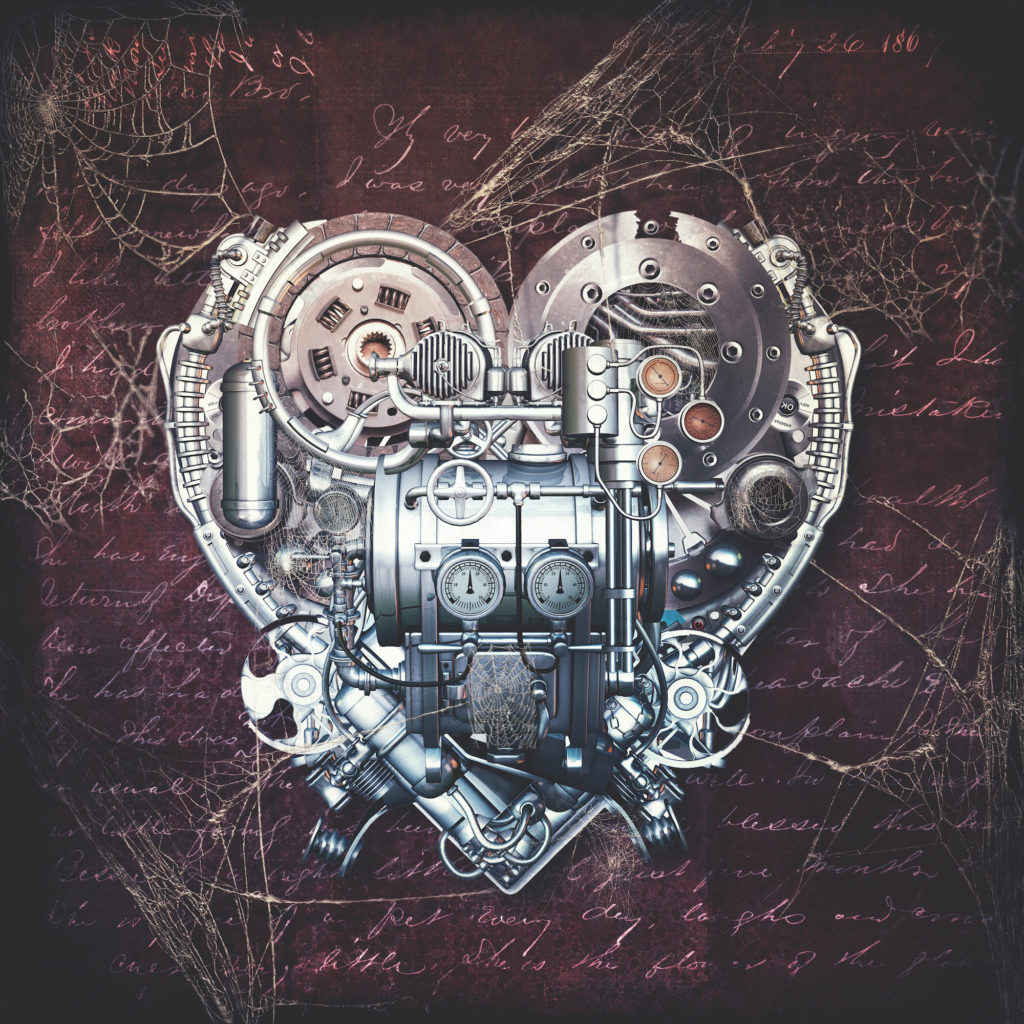In November 2014, Dick Jones’ heart had its last beat. He was 69 at the time, and his heart had been growing progressively weaker. After Jones and his wife moved to Cape Coral from Iowa, he began to notice troubling symptoms.
“I started with a new cardiologist, and after a while he told me things were not going well,” Jones says. “After six months of seeing him, it had gotten worse. He did a complete study on me, and he told me that I have a lot of problems with my heart. I was getting very, very weak. I went to get out of bed one night, and I couldn’t even walk. I couldn’t stand. I had no strength at all. My blood output was down around 12 percent, and 50 percent is normal at rest. I was down so low that it couldn’t sustain my muscles. They called Tampa General—I was scheduled to go up there anyhow—and put me in a helicopter and took me up to Tampa. That began the process of figuring out all the problems I had, exactly what they were and what were they going to do about it.”
The problems Jones had were with his left ventricle; it had grown brittle with age and would not pump the required amount of blood. As for what they were going to do about it, the options were limited. Jones needed a new heart, but people over 70 are placed far down on the list for heart transplants. A new heart would be a long time coming, if it came at all. And Jones needed one immediately. So, the doctors at Tampa General decided to try something revolutionary, a technique at the very forefront of medical technology. They gave him a left ventricular assist device.
Ventricular assist devices, as they were first developed, were intended to serve as a bridge between a failing heart and a heart transplant. The device was meant to aid those patients on the transplant list who could reasonably expect a heart transplant in the near future but whose own heart was not strong enough to make the wait. For patients like Jones, however, the device has become a replacement for his own weakened organ.
“It’s not a big deal once you get used to it,” Jones says with a chuckle.
He’s brought a sense of humor to the process, which has helped carry him through his surgery and the day-to-day mechanics of living with the device. Jones wears a black fanny pack on his right hip where the controller and batteries for the pump, which has been surgically implanted near his heart’s left ventricle, reside. The controller displays the revolutions per minute for the pump—2760 rpm—as well as how many liters of blood it’s pumping (4.4 liters per minute).
“Stop and think about that,” Jones says. “It’s a 2-liter bottle, two of them, every minute. Whereas before the output was so low, there wasn’t even a liter going on.”
The device steadily circulates blood throughout Jones’ body. He has no heartbeat and no pulse.
“If you put a stethoscope to my chest, you’d expect to hear a bum-bum, but all you hear is a whir. You wouldn’t believe how loud it whirs,” he says.
From the fanny pack, a cable inserts into an open incision on Jones’ stomach and extends across the underside of his belly. The cable, called a driveline, is glued to the inside of his stomach using a powerful sterilized glue. The driveline, the controller and the power source—either batteries or electricity—must be connected at all times for the pump to function properly.
Though the 7-pound pack is a lot to lug around, Jones is able to live a full life. He drives. He plays with his grandkids. He races radio-controlled boats.
“It’s a miracle,” says Jones’ wife, Susie. “He wouldn’t be alive if he didn’t have this.”
Technologies like this one have dramatically changed the lives of people suffering from cardiac disease.
“Modalities that include ventricular assist devices and total artificial hearts are adding to our arsenal of therapies to help cardiac patients live longer and enjoy better quality of lives,” says Dr. Roshan Vatthyam, a Fort Myers-based cardiologist. “Currently, they are used to treat patients who may ultimately benefit from cardiac transplantation. The best candidates are those patients who continue to have symptoms of congestive heart failure, despite conventional cardiac management. Those symptoms include shortness of breath, dyspnea on exertion, fatigue, leg swelling and pulmonary edema.”
Though ventricular assist devices are becoming increasingly utilized in heart transplant programs throughout the United States and the world, they are still relatively uncommon. Why? For one, they’re expensive.
“Economical factors have certainly affected its place in the health care sector,” says Vatthyam. “All systems are trying to effectively allocate resources to promote health while avoiding burdening our systems and patients with excess costs.”
Another reason the devices are not used more frequently: post-operative health issues.
“For instance, concerns of perioperative bleeding, infection, long-term survival and quality of life measures are extremely important,” Vatthyam says.
Currently, patients who need the procedure must travel to Tampa, Miami, Gainesville or Jacksonville. Though ventricular assist devices are not currently implanted in Lee and Collier counties, the potential is on the horizon and medical professionals hope to include them in their practices in the near future.



